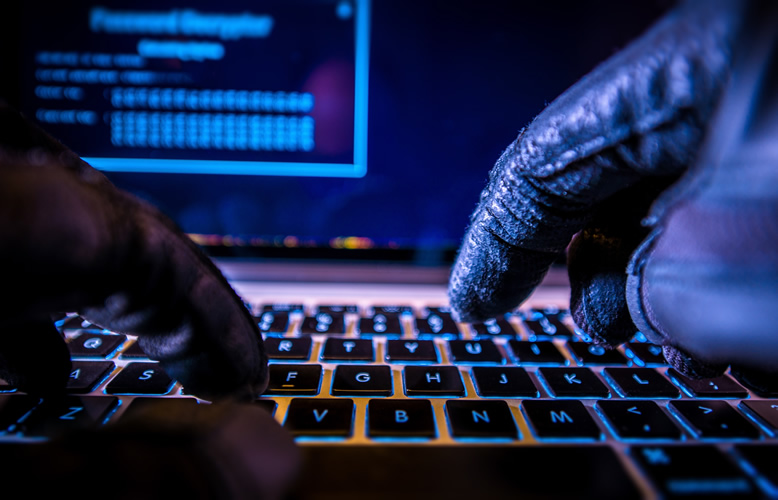It is considered one of the greatest disruptors of technical record-keeping to date.
Blockchain found its start ten years ago as the method by which Bitcoin maintained its records. It is a single but shared ledger system in which its participants each can enter items or transactions that are then permanently linked to the rest of the chain. Each authorized participant on the chain has full access to the linked blocks. No one can delete information from the chain.
Blockchain is heralded as that long-desired streamlined transparency needed by the financial services industry. The “Harvard Business Review” states that Blockchain will do for banking what the internet has done for media.
JP Morgan Chase, headquartered in New York City, is using Blockchain as the backbone for its Quorum department which is researching its implementation as a contract platform to speed up transactions while providing much higher accountability.
Bank of America is also onboard with Blockchain having filed a patent for its own version of using the protocol to secure its records and its clients’ personal data.
The Blockchain protocol eliminates the need for more vulnerable centralized databases – cybersecurity experts estimate at least 40 percent fall victim to some sort of attack annually. Blockchain is touted to not only reduce this vulnerability, but nearly eliminate it because of the structure. Each time a transaction is entered into a blockchain, it is done by a cryptographic mechanism which is more difficult for hackers to crack. 
Should a hacker break into a blockchain, the beauty of its inter-connectedness is that all users would be immediately alerted. Blockchain has no backdoor, so hackers cannot hide once in a blockchain system.
Blockchain protocol isn’t just valuable within the banking industry. Even as it is revamping financial accountability, Blockchain’s ability to link different types of information together in one strand has uses in other industries.
On Nov. 13, 2018, when legendary auction house Christie’s used Blockchain to record its ledger of the evening’s sale of “An American Place: The Barney A. Ebsworth Collection,” at its New York City location, digital history was made. Blockchain technology was used to register and track the more than 90 pieces of artwork in the collection offered for sale.
Christie’s now had the ability to up its guarantee that the artwork for sale was indeed authentic as fakes and forgeries have plagued the art world. Blockchain aided Christie’s representatives in the process of what is known as “provenance,” which is the verification of origin or earliest known history. This information is vital in the art world and can make or break the sale.
By using Blockchain, Christie’s officials were able to record the major events in the life of each piece of artwork. This includes any previous sales by other auction houses or galleries and any insurance policies issued – pertinent information art buyers expect.
Blockchain does have its challenges to overcome and privacy is at the top of the list. As all users within a blockchain have access to the same records, keeping certain details such as names, addresses and phone numbers confidential is an issue.
Companies such as Ethereum are developing “keys” that give authorized users of specific blockchains varying levels of access to the data contained within each designated record.
As with all forms of technology, Blockchain’s development will continue. Its applications for numerous industries are expected to increase. Stay tuned.





